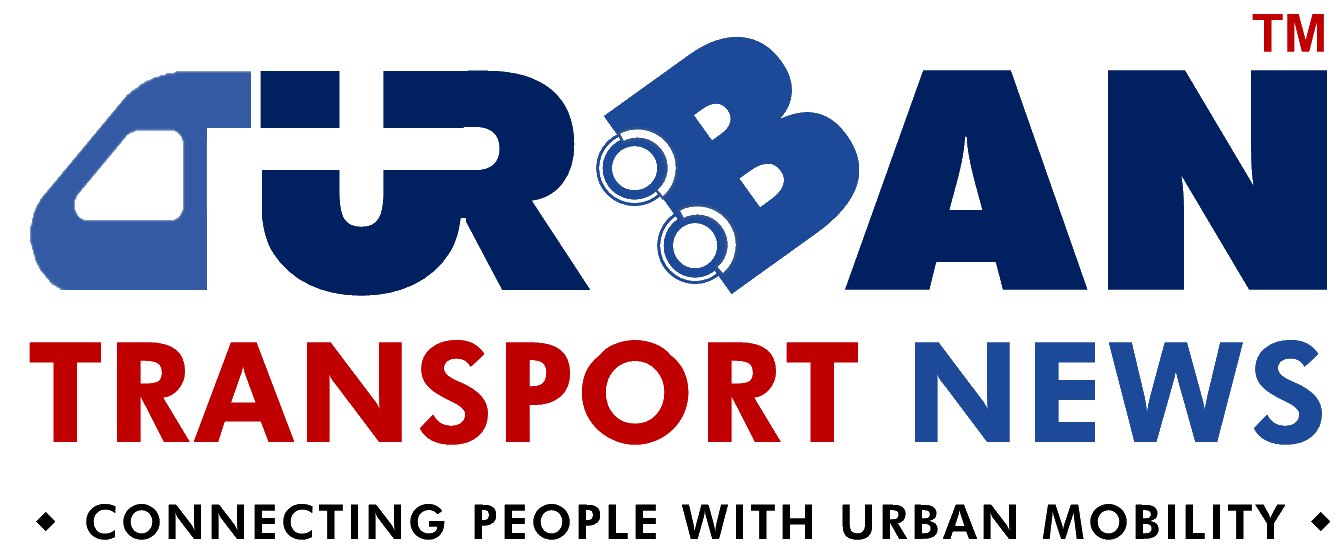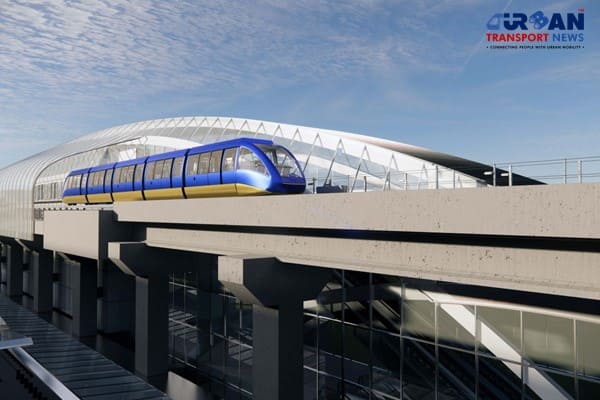 Delhi unveils ambitious Urban Mobility Vision: Luxury Metro Coaches, New Tunnels and Pod Taxi
Delhi unveils ambitious Urban Mobility Vision: Luxury Metro Coaches, New Tunnels and Pod Taxi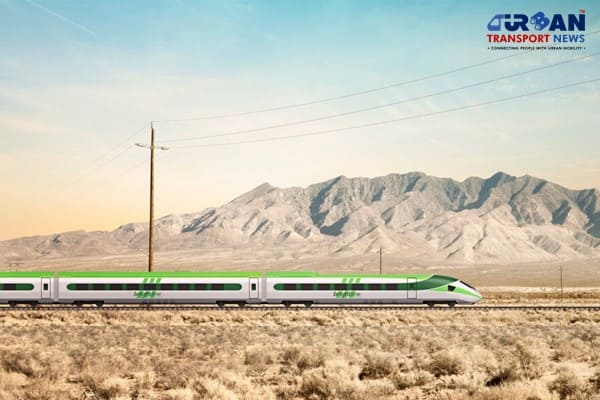 Qatar approves Saudi Rail Link Agreement, Accelerating Gulf Railway Vision 2030
Qatar approves Saudi Rail Link Agreement, Accelerating Gulf Railway Vision 2030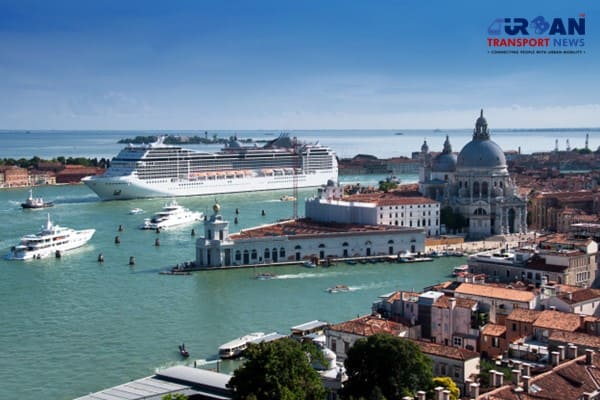 UP Govt plans to introduce Water Metro services in Ayodhya, Varanasi & Prayagraj
UP Govt plans to introduce Water Metro services in Ayodhya, Varanasi & Prayagraj India’s First Urban Ropeway begins Trial Run in Varanasi, Set to carry 1 Lakh passengers daily
India’s First Urban Ropeway begins Trial Run in Varanasi, Set to carry 1 Lakh passengers daily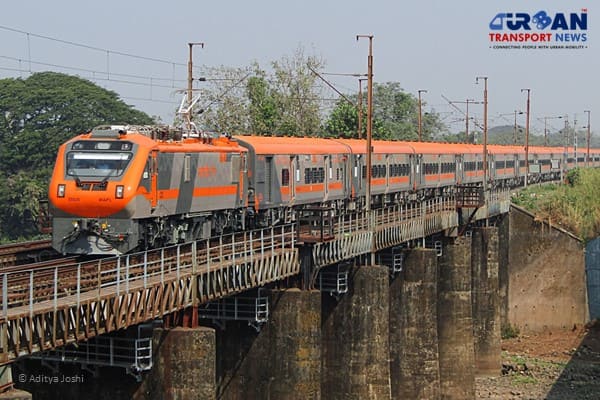 India and Bhutan to Build First-Ever Rail Link: ₹4,033 Cr Project to Boost Regional Connectivity
India and Bhutan to Build First-Ever Rail Link: ₹4,033 Cr Project to Boost Regional Connectivity Patna to launch Eco-Friendly Water Metro; Trial Run soon between Digha and Kangan Ghats
Patna to launch Eco-Friendly Water Metro; Trial Run soon between Digha and Kangan Ghats Air India Group set to launch Flights Operations from Navi Mumbai International Airport
Air India Group set to launch Flights Operations from Navi Mumbai International Airport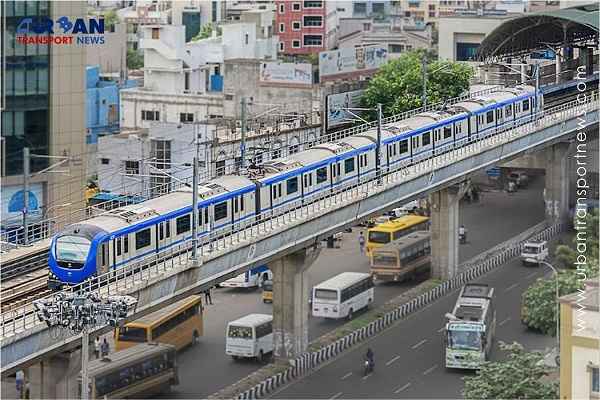 Chennai to launch 25-Year Mobility Plan with Unified QR Ticketing and One-App Transit System
Chennai to launch 25-Year Mobility Plan with Unified QR Ticketing and One-App Transit System Kochi Metro bags ₹4.4 crore contract to prepare DPR for Mumbai Water Metro Proejct
Kochi Metro bags ₹4.4 crore contract to prepare DPR for Mumbai Water Metro Proejct Navi Mumbai International Airport set for September launch; IndiGo and Akasa Air to lead Operations
Navi Mumbai International Airport set for September launch; IndiGo and Akasa Air to lead Operations
Global hydrogen fuel cell train market projected to grow to $26.41 billion by 2035
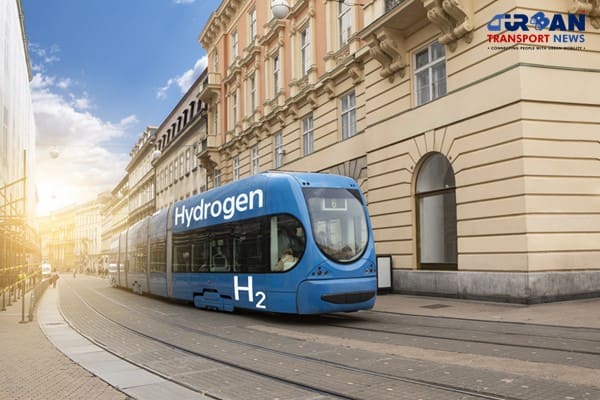
Hydrogen fuel cell trains, also known as hydrogen-powered trains, utilize hydrogen as a power source for both propulsion and auxiliary applications. Research into hydrogen as a potential fuel for zero-emission trains has surged in recent years, with the rail sector actively developing technologies to address challenges related to hydrogen storage infrastructure and public perceptions regarding safety and cost.
Several factors are poised to drive the growth of the global hydrogen fuel cell train market in the coming years. These include increased investments in railway infrastructure development, growing environmental concerns prompting a shift towards sustainable transportation solutions, and a rising demand for public transport services. However, challenges such as the high capital requirements for developing hydrogen fuel cell trains and the refurbishment of existing rolling stocks may hinder market growth. Nonetheless, increased research and development activities focusing on hydrogen fuel cell technology, coupled with a rising demand for passenger trains, present significant opportunities for market expansion.
The hydrogen fuel cell train market is segmented based on various factors including application, technology, component, rail type, and region. Applications range from passenger trains to freight trains, with technologies encompassing proton exchange membrane fuel cells, phosphoric acid fuel cells, and others. Components include hydrogen fuel cell packs, batteries, electric traction motors, and more, while rail types span passenger rail, commuter rail, light rail, trams, freight, and others. Geographically, the market is analyzed across North America, Europe, Asia-Pacific, and LAMEA (Latin America, Middle East, and Africa).
According to market projections, the global hydrogen fuel cell train market is expected to reach a value of $2.67 billion by 2025 and is projected to grow to $26.41 billion by 2035, with a compound annual growth rate (CAGR) of 28.2% from 2026 to 2035.
Key Market Players:
- Progress Rail
- Alstom
- CRRC Corporation Limited
- Stadler
- IHI Corporation
- ENGIE
- Talgo
- Kawasaki Heavy Industries, Ltd.
- Siemens Mobility
- Hitachi
- Wabtec
- PESA
- Ballard Power Systems
- Toyota
- BNSF
- Hyundai Corporation
- CAF Group
As the world gears towards sustainable transportation solutions, hydrogen fuel cell trains emerge as a promising innovation poised to revolutionize the rail industry, offering a cleaner, greener, and more efficient mode of transportation for the future.
